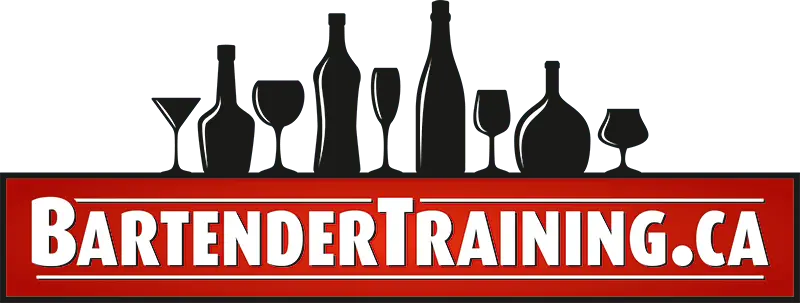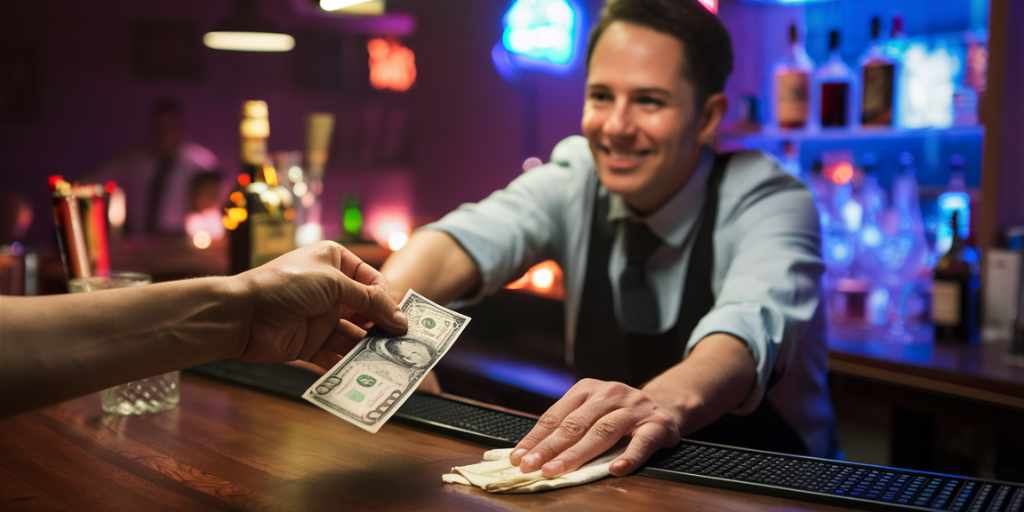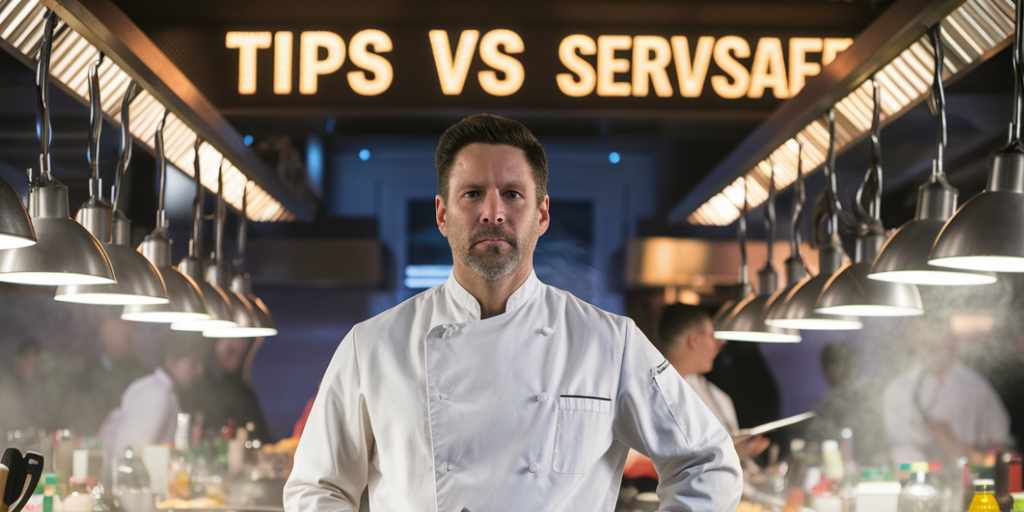In the hospitality industry, addressing the challenge of handling intoxicated patrons is critical for ensuring safety and compliance with legal responsibilities. Bar and restaurant staff must be adept at recognizing the signs of over-intoxication and responding in a way that maintains a positive atmosphere and minimizes risk to the establishment and other customers.
Training and policies play a pivotal role in equipping employees with the tools to manage these situations effectively, from intervening to prevent further alcohol consumption to handling potential conflicts.
Key Takeaways
- Staff training on signs of intoxication and proper response is essential.
- Implementing responsible serving measures can prevent over-intoxication.
- Clear policies help staff handle situations with confidence and consistency.
Managing drunk customers requires a balance of firmness, tact, and empathy. Establishments must have clear strategies for dealing with patrons who have had too much to drink, as the consequences of over-serving can have legal implications, including fines and license suspensions.
Setting a standard of care and behaviour for staff can not only prevent uncomfortable situations but also protect the bar owner or business from liability and uphold its reputation.
Recognizing and Responding to Intoxication
When managing a bar or restaurant, the ability to quickly identify and appropriately respond to intoxicated patrons is essential for maintaining a safe environment and adhering to legal responsibilities.
Identifying Signs of Intoxication
Physical Indications:
- Poor motor skills: Patrons may exhibit unsteady gait or stumble.
- Customer slurring: Slurred speech can be a clear indicator of overconsumption.
Behavioural Cues:
- Aggressive behaviour: Changes in demeanour, such as becoming argumentative, can signal intoxication.
Recognizing these signs of intoxication is critical for prompt action.
Engaging with Intoxicated Individuals
Communication Techniques:
- Approach patrons calmly to avoid escalating tension.
- Use clear, simple sentences to ensure understanding.
Intervention Strategies:
- Suggest non-alcoholic alternatives, such as water, coffee, or tea.
- Offer to call a cab or contact a friend to escort them home safely.
Legal and Safety Considerations for Refusing Service
Legal Liability:
- Establishments can be held accountable if intoxicated patrons cause harm due to continued service.
Collaboration with Authorities:
- Develop a rapport with the local police department to handle potential altercations effectively.
- Document incidents meticulously to protect from potential legal action.
Preventative Measures and Policies
Implementing effective preventative measures and policies is essential for bar and restaurant owners to mitigate the risks of serving alcoholic beverages. These strategies are designed to comply with dram shop laws, maintain a valid liquor license, and ensure commercial establishments are a safe environment for patrons and staff.
Refusal of Service Protocols
Bar and restaurant owners must establish clear Refusal of Service Protocols to empower staff members to deny alcohol sales or refuse service to intoxicated customers. Criteria for refusal should be specific, such as slurred speech or impaired coordination, and communicated during staff training sessions. This may include offering a non-alcoholic beverage as an alternative or a discreet approach to avoid public confrontations.
Creating a Safe Environment
Owners must prioritize creating a safe environment within their establishment. This involves controlling the setting in which alcoholic beverages are consumed. Factors such as lighting, seating arrangements, and the presence of security personnel can influence patron behaviour. Monitoring customer consumption and intervening when a patron displays signs of intoxication are critical to preventing incidents.
Staff Training and Customer Education
Comprehensive staff training programs are critical for preparing employees to handle drunk customers effectively and tactfully. Staff members should be educated on the legal implications of dram shop laws and the importance of adhering to responsible alcohol sales practices. Additionally, customer education about the effects of alcohol and promoting awareness of non-alcoholic beverage options can contribute to a more controlled drinking environment.

Frequently Asked Questions
Dealing with intoxicated patrons requires a clear strategy and understanding of best practices to ensure safety and compliance with legal responsibilities.
What strategies can a bartender employ to manage intoxicated patrons?
A bartender should be trained to recognize signs of intoxication and employ tactics like discreetly slowing down service, offering water or food, and involving management if necessary without escalating the situation.
What approaches should retail staff take when dealing with intoxicated customers?
Retail staff should remain calm, maintain a safe distance from drunk patron, and communicate clearly with the intoxicated individual. If the customer’s behaviour escalates, it’s important to alert security or management quickly to handle the situation appropriately.
What are effective methods for addressing a drunk guest in a restaurant setting?
Restaurant staff should approach the individual with respect and concern for their well-being. They should document the incident in detail in case of future legal implications and, if needed, ask the patron to leave calmly and privately.
What protocols should hotel personnel follow when handling an intoxicated guest?
Hotel personnel should follow established protocols, which typically involve engaging with the guest non-confrontationally, offering assistance to their room, and contacting local authorities if the guest poses a threat to themselves or others.
How can staff diplomatically ask an intoxicated patron to vacate the premises?
Staff should convey their message with a firm yet polite demeanour, ensuring the patron understands the safety concern. They may offer alternate transportation or a safe waiting area to prevent a scene.
What is the best way to approach and communicate with an angry, drunk customer?
Effective communication with an angry, intoxicated customer involves active listening, keeping a neutral tone, and seeking to de-escalate the situation. It’s crucial to avoid confrontation and to engage help from colleagues or authorities when the situation is beyond the staff’s control.




